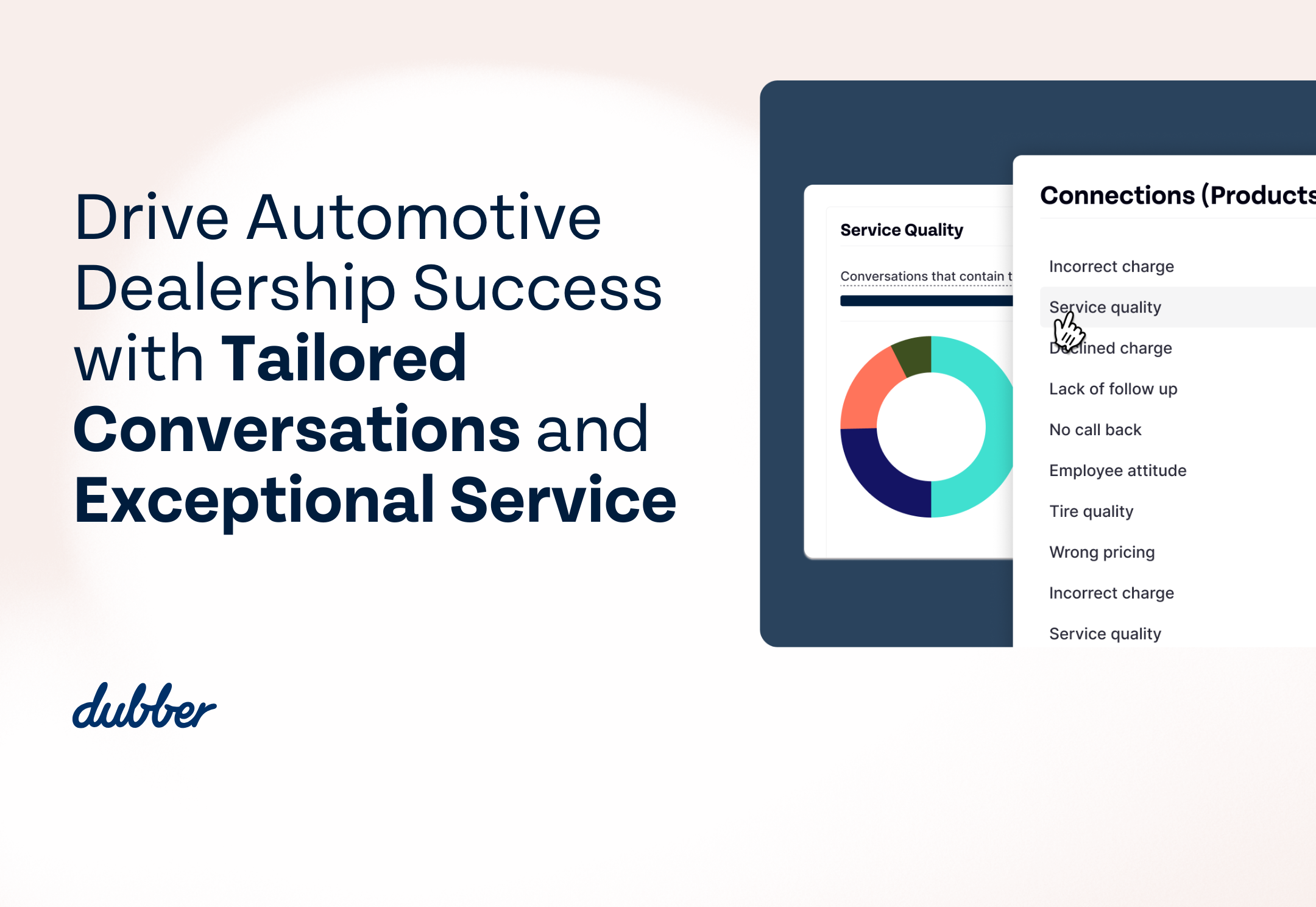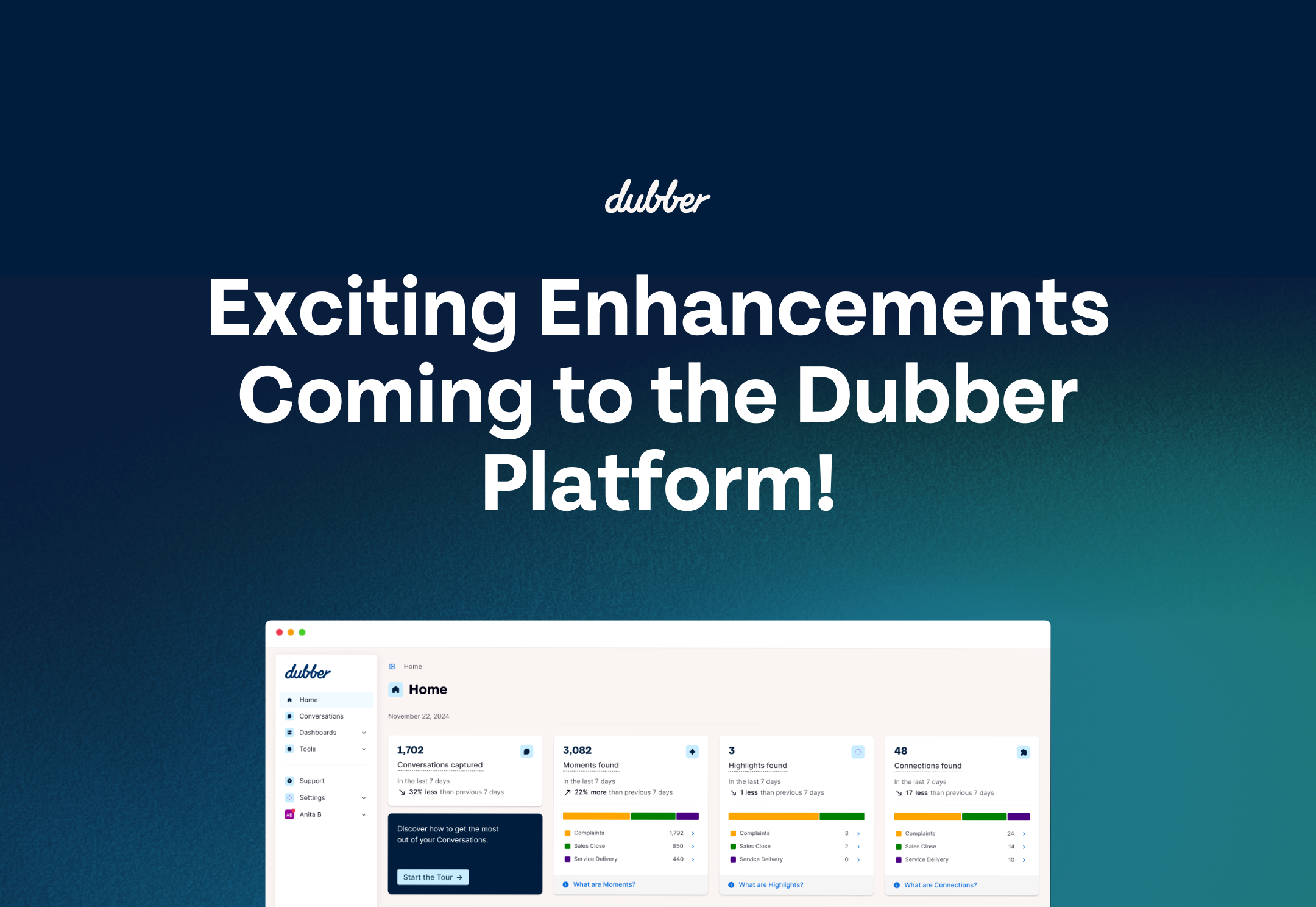

One crack can open a can of compliance chaos
Highlights from a recent Regtech and Dubber Webinar
How can managers navigate through growing compliance complexities when work happens everywhere? How do you regain control in a business communication world that is siloed into multiple voice chats, video channels, networks and devices? Will AI technology save the day, or are technology firms spreading more pixie dust?
COVID complicates compliance but isn’t the only driver of complexity
COVID complicated an already complex compliance world, adding a plethora of systems, communications tools and places over which compliance now needs to be managed. The volume, velocity and virality of customer conversations across Zoom videos, MS meetings, WhatsApp recordings, mobile conversations…, calls for new ways to track and monitor mounting mishaps and breaches.
Although some regulations were paused at the outset, they are back in force.
Underlying the complications of COVID are a range of broader changes challenging compliance teams: New communications preferences (think WeChat, Whatsapp and Signal) amongst customers and employees; the rise of video as a dominant communications medium; and the inevitability of Bring Your Own Device (BYOD) in the workplace.
Discussion on these drivers, and the challenges they pose to compliance leaders were at the centre of our recent Webinar with Regtech.
A return to mandatory conversation recording
While call and conversation recordings are mandatory for crucial conversations in most countries, they’re limited by legacy solutions, and the ability to compliantly capture them on leading communications platforms where video, calling and messaging converge.
In many environments, 80% of crucial customer conversations are voice, yet less than 10% of these conversations are captured. This percentage slides down as more conversations shift off legacy communications systems. For financial institutions, 50% of customer conversations now occur outside of the call centre. The status-quo is not about to change soon; 61% of financial service CFOs plan to make remote work permanent post-pandemic.
The financial pain is real
Last year alone, $10.4B of compliance fines and penalties were handed to financial institutions. Many of them were related to data privacy breaches. So how do you capture, retain and analyse crucial datasets when user end-points are dispersed across mobile, web and many other channels?
Not surprisingly, in the UK, the FCA mandate to record every voice conversation returned after recognising growing compliance gaps in a dispersed workforce that continues to operate across multiple communication channels.
But in a new reality where employees are hopping across MS Team meetings, Zoom videos, WhatsApp recordings and mobile voice calls, the compliance chasm is still there and growing.
The drive to continuous compliance
“The industry has come a long way from the days when the only option to access data was through spreadsheets. Now huge amounts of data are available on the cloud, and can be accessed almost instantly. This is a massive improvement.” – Regtech Webinar
The C-suite is still largely unaware of its ability to mine voice data outside the call center. There’s a clear opportunity for chief compliance officers to preserve core compliance data in a compliance cloud and be a primary data source for businesses. And critically, to aggregate voice conversations from across the business in one record system.
At the end of the day, the ability to monitor customer conversations, end not knowing, and run them at scale shifts you into a new mode of continuous compliance.
AI, compliance risks and red flags
There’s a lot of talk about driving Artificial Intelligence (AI) compliance models, and some industry kickback. But the future of AI-driven compliance is bright, and from a functionality stance, the timing couldn’t be better.
“The industry is responding positively to the different aspects of AI and what it can deliver from a compliance perspective. The future of compliance lies in the ability to harness artificial intelligence for many compliance tasks.”
The question is, how do we get to the point where we can predict mishaps and conversations that can go rogue, rather than constantly looking in the rear view mirror? This is one of the areas where innovation, AI and analytics are most likely to deliver significant compliance benefits.
If you can predict problems more effectively, you can fix them faster and more easily. You can deliver more tangible benefits and reduce the likelihood of remediation projects.
Unified vs. siloed voice communications
Global compliance leaders can no longer afford to maintain the status quo. They need to continuously monitor voice and chat platforms no matter where their teams and customers are globally positioned. Country-specific data sovereignty requirements also need to be met. So to PCI, and myriads of other regulations.
A shift to continuous compliance intelligence
“At the end of the day, call recording is just an activity. What matters is creating a compliance record system driven by voice data. It’s about integrating that data with other data sources and applications. And then from that compliant data set, fuelling AI-enriched alerts, notifications, workflows, dashboards, and more.”
“Compliance leaders need to look beyond a single application to do this and target a data-first strategy that powers any application they desire.” Andy Lark, Chief Customer Officer, Dubber.
Leaders in the future will need to track and instantly retrieve datasets from cloud-based platforms, with storage capacities up to five, or even seven years. With the tsunami of data from myriads of voice and video conversations, it could pay to spend time on data-driven strategies to flag alerts, gain insights into potential risk, and expedite proactive compliance.

